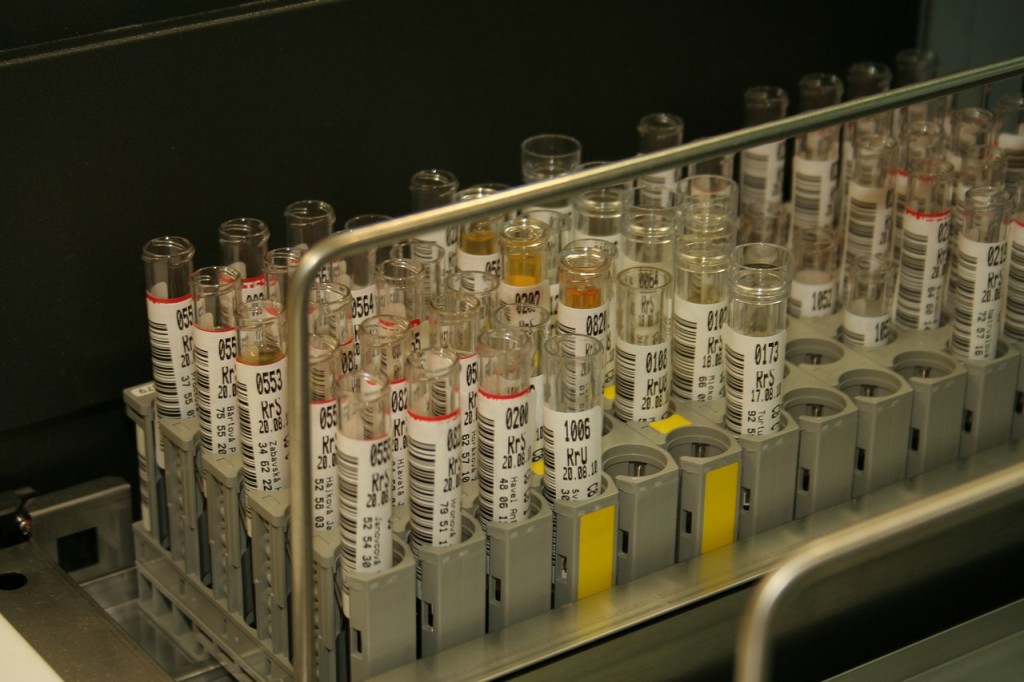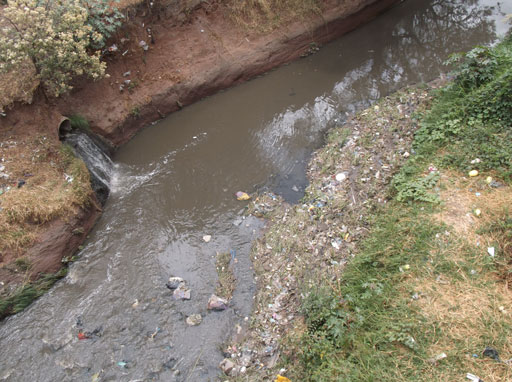Industrial Wastewater Treatment: Advanced Techniques for Effective Management
Industrial Wastewater Treatment: Advanced Techniques for Effective Management
Blog Article
Just How Fluid Waste Disposal Works: A Thorough Introduction of Methods and Technologies Employed

Introduction of Liquid Waste Types
The complexity of liquid waste kinds demands a detailed understanding of their qualities and effects for disposal. Liquid waste can generally be categorized into a number of kinds, consisting of industrial, local, farming, and contaminated materials. Each category displays unique buildings, requiring particular management strategies to alleviate environmental and health and wellness threats.
Industrial fluid waste originates from making procedures and frequently includes a variety of impurities, such as heavy metals, solvents, and organic substances. Local liquid waste, primarily consisting of wastewater from homes and commercial establishments, consists of natural issue, nutrients, and pathogens (industrial wastewater treatment). Agricultural fluid waste, including runoff from farms, may have fertilizers, pesticides, and pet waste, positioning risks to water high quality and environments
Unsafe fluid waste is characterized by its toxicity, sensitivity, or potential to create damage. This category consists of compounds like acids, bases, and specific chemicals that require rigorous handling and disposal methods. Comprehending these varied fluid waste types is important for developing reliable disposal methods and making certain conformity with environmental regulations. Appropriate classification and characterization are crucial for applying proper therapy strategies and decreasing the adverse impacts on public wellness and the atmosphere.
Physical Therapy Techniques

Screening is the initial step, where larger particles and debris are gotten rid of from the fluid waste making use of displays or grates. This process safeguards downstream devices from damages and ensures smoother operation. Adhering to testing, sedimentation makes use of gravitational force to separate solids from fluids. In sedimentation containers, heavier fragments work out near the bottom, creating a sludge layer, while the made clear liquid can be more treated.
Filtration is one more crucial technique that includes passing the liquid through porous materials, such as sand or membranes, to record smaller fragments. This step improves the top quality of the liquid, making it appropriate for succeeding therapy processes.

Chemical Treatment Methods
Chemical therapy methods are vital for effectively managing liquid waste, especially in resolving dissolved and colloidal pollutants that physical approaches might not adequately remove. These methods use different chemical agents to neutralize, speed up, or change unsafe materials into much less harmful click here to find out more forms.
One typical approach is coagulation and flocculation, where chemicals such as alum or ferric chloride are contributed to advertise the gathering of suspended bits. This procedure improves sedimentation, enabling simpler elimination of the resulting sludge. In addition, oxidation processes, employing representatives like chlorine or ozone, are utilized to break down complicated natural substances and pathogens, making the waste much safer for discharge or additional therapy.
Neutralization is one more important technique, which changes the pH of acidic or alkaline waste streams to neutral levels, avoiding possible injury to downstream systems and the environment. Additionally, advanced oxidation procedures (AOPs) use combinations of oxidants and ultraviolet light you could try this out to degrade consistent contaminants, achieving a higher degree of therapy effectiveness.
Organic Therapy Procedures
Organic treatment procedures play an important function in the administration of liquid waste by making use of microbes to decompose raw material and reduce pollutant levels. These processes can be generally classified right into anaerobic and aerobic treatments, each utilizing details microbial communities to attain efficient waste deterioration.
Aerobic treatment involves using oxygen to promote the malfunction of natural materials by bacteria. This process is generally carried out in triggered sludge systems, where aeration storage tanks supply a helpful setting for microbial growth, bring about the oxidation of organic pollutants. The resultant biomass can be separated from dealt with effluent through sedimentation.
In comparison, anaerobic treatment occurs in the lack of oxygen, relying upon various bacteria to damage down raw material. This approach is especially advantageous for high-strength waste, as it creates biogas, visit this site right here a renewable resource resource, while reducing sludge manufacturing. Technologies such as anaerobic digesters are often utilized in industrial and local applications.
Both anaerobic and cardiovascular organic therapies not only reduce the ecological impact of fluid waste yet additionally facilitate resource recuperation, making them vital components of sustainable waste monitoring strategies. Their effectiveness, performance, and flexibility support their prevalent implementation throughout different industries.
Arising Technologies in Disposal
Ingenious approaches to liquid garbage disposal are swiftly developing, driven by developments in modern technology and an enhancing focus on sustainability. Among these emerging technologies, membrane bioreactors (MBRs) have actually obtained grip for their capability to incorporate organic therapy with membrane purification, causing top notch effluent that can be reused in various applications. MBRs allow smaller impacts and much more reliable operations contrasted to conventional systems.
Another appealing growth is using anaerobic digestion combined with nutrient healing innovations, which not only treats fluid waste but additionally generates biogas and recuperates beneficial nutrients like nitrogen and phosphorus. This dual advantage enhances source effectiveness and lowers environmental effect.
In addition, advanced oxidation procedures (AOPs) are being embraced for the deterioration of complex natural pollutants. These methods make use of powerful oxidants and catalysts to damage down pollutants at the molecular level, providing a very efficient solution for difficult waste streams.
Furthermore, the combination of synthetic knowledge and device knowing in waste monitoring systems is enhancing operational performance and predictive upkeep, bring about lowered prices and improved ecological conformity. These technologies show a significant shift in the direction of more efficient and sustainable liquid waste disposal practices.
Verdict
In conclusion, efficient liquid waste disposal requires a detailed understanding of numerous strategies and innovations. By continually advancing these techniques, it ends up being feasible to attend to the growing obstacles associated with liquid waste, inevitably contributing to ecological defense and source recovery.
Fluid waste disposal is an important facet of ecological administration, calling for a thorough understanding of numerous strategies and technologies customized to different waste kinds. Liquid waste can extensively be classified into numerous kinds, including commercial, municipal, agricultural, and hazardous waste. Agricultural liquid waste, consisting of drainage from farms, may consist of plant foods, chemicals, and animal waste, posing risks to water top quality and ecological communities.
Various physical therapy techniques play an essential function in handling liquid waste effectively - industrial wastewater treatment.In verdict, effective fluid waste disposal demands an extensive understanding of numerous techniques and technologies
Report this page